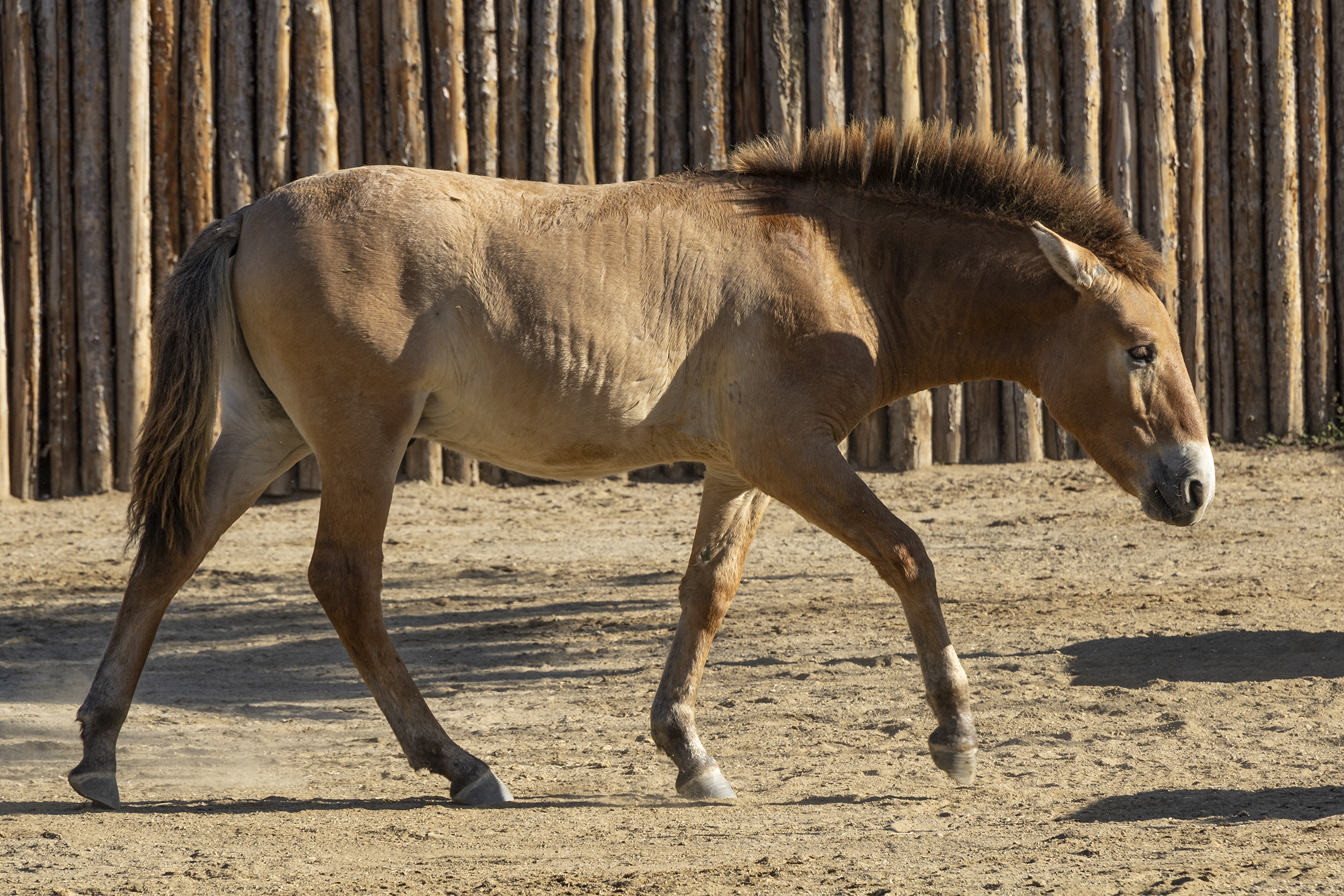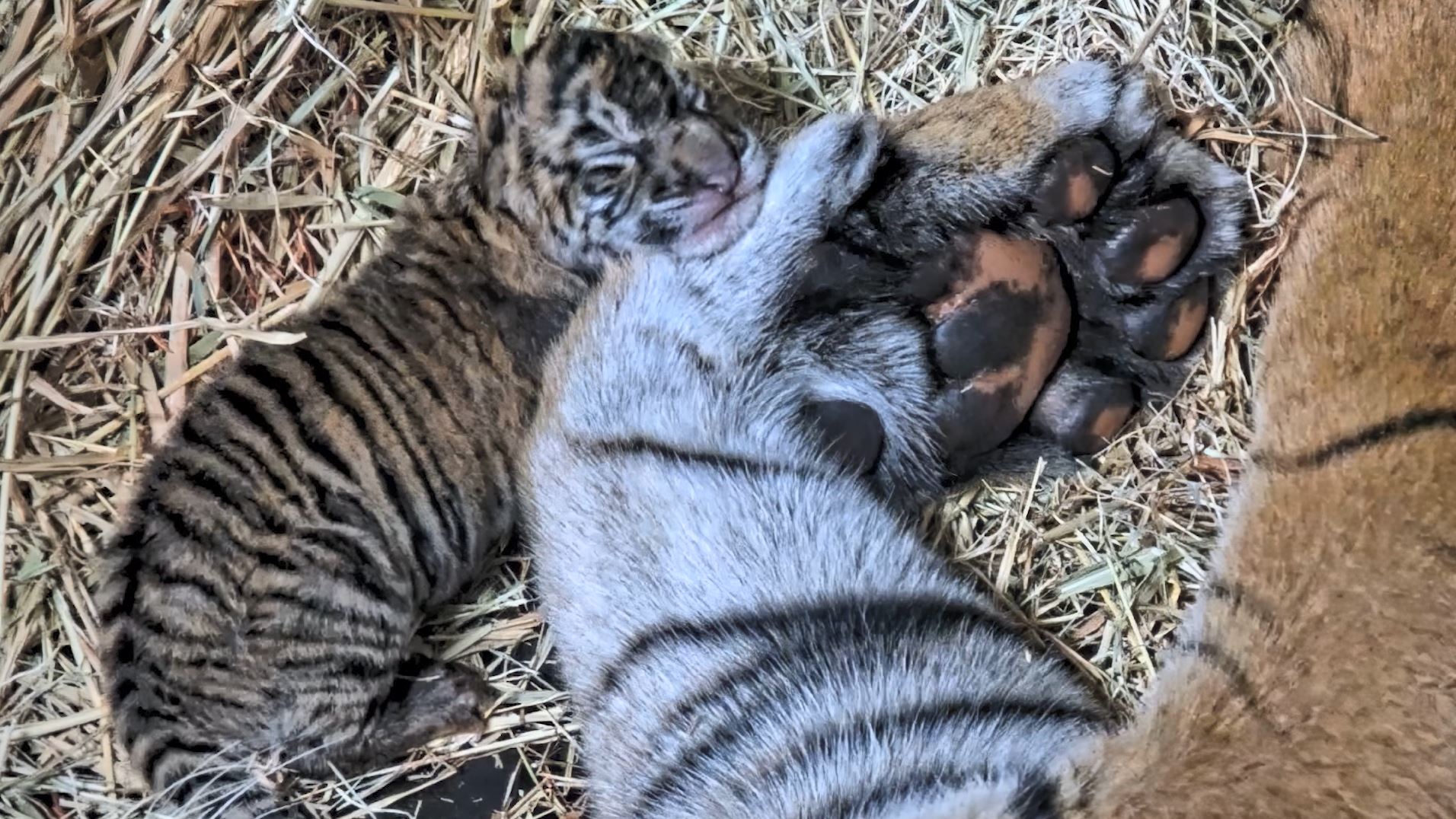The San Diego Zoo Wildlife Alliance is being recognized for its efforts to preserve plant and animal life around the world.
The International Union for Conservation of Nature, the world's largest conservation organization, announced Wednesday that its Species Survival Commission will partner with the SDZWA to form the first-ever Center for Species Survival, focusing on biodiversity banking.
Relevant content:
The SDZWA was chosen because of the work it is already doing in the field of biobanking, which is defined as the intentional and indefinite preservation of living cells, tissues, gametes (eggs and sperm), seeds and other biomaterials.
Get San Diego local news, weather forecasts, sports and lifestyle stories to your inbox. Sign up for NBC San Diego newsletters.
The SDZWA’s Wildlife Biodiversity Bank is world-renowned. It’s made up of six collections, including the Frozen Zoo, where the skin or reproductive cells of more than 10,900 individuals and 1,250 species and sub-species are preserved.
“Right now, there are very few Frozen Zoos, and actually none like this one,” SDZWA Henshaw Endowed Director of Reproductive Sciences Dr. Barbara Durrant said. “We have the most diversity of animal species that anyone has anywhere in a biobank.”
Durrant said the cells can be used for a variety of purposes, from DNA analysis to cloning.
“We could actually bring back an animal that has disappeared or was getting very few individuals with the gametes," Durrant said. "We can take them out of the freezer and use the sperm, for example, for artificial insemination or for in-vitro fertilization, and we can create living beings."
The Frozen Zoo has already been used to successfully clone two endangered species -- the black-footed ferret and Przewalski’s horse. The SDZWA’s efforts to try to save the Northern White Rhino also involve cells stored in the Frozen Zoo.
“We use frozen semen from Southern White Rhinos and also Northern White Rhinos to fertilize rhino eggs in-vitro in the lab,” Durrant said. “We can create embryos that eventually would be transferred, and we would have live calves from those frozen materials.”
Durrant said saving these animals from extinction isn't just critical for their survival, but it's also critical for our own.
“We don’t survive as humans without the diversity of plants and animals on this planet,” she said.
The new Center for Species Survival will help the SDZWA expand its biobanking efforts around the world.
“This is a very big deal and a big honor for us," Durrant said. "It connects us with the international zoo community and conservation community, and it gives us access to many people – many organizations – that we can work with to save these tissues and these cells. We hope in the future that there will be many, many Frozen Zoos and lots of people recreating endangered species or saving endangered species.”



